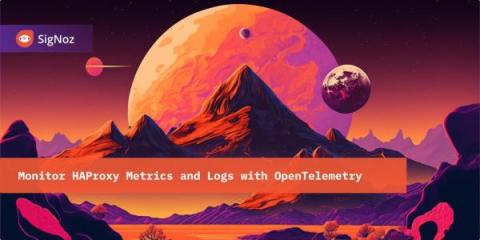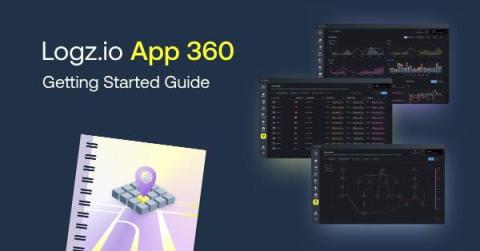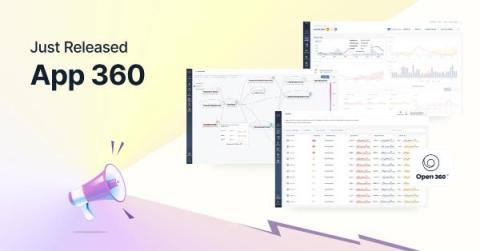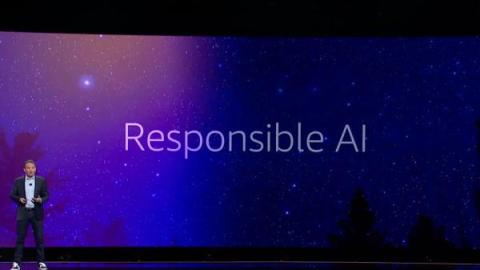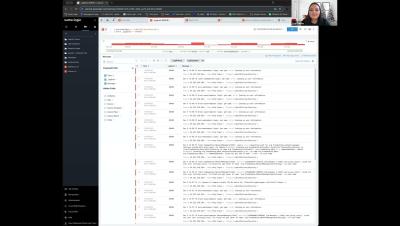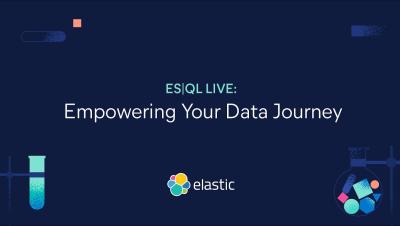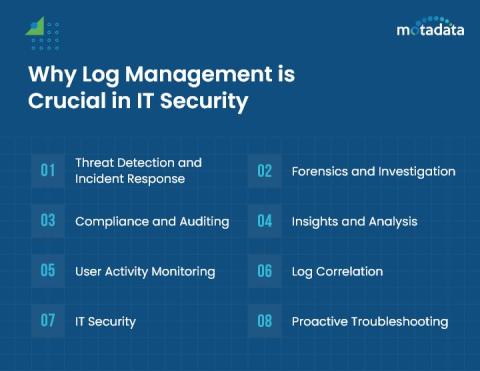Operations | Monitoring | ITSM | DevOps | Cloud
Logging
The latest News and Information on Log Management, Log Analytics and related technologies.
Application Observability in Minutes: How to Implement App 360
As applications in the cloud become more distributed and complex, the Mean Time To Resolution (MTTR) for production issues is getting longer. Modern systems are built with hundreds of distinct, ephemeral, and interconnected cloud components, which can make it exceptionally hard for engineers to understand the current state of their applications, what problems are impacting customers, and why those problems are occurring.
Introducing App 360: Your Observability-Centric, Cost-Effective APM Alternative
Years before founding Logz.io, I was a software engineer, working with various tools to ensure my products and services performed correctly. There were few tools I dreaded using more than application performance management (APM), and I know that I’m not alone. I hated traditional APM. It’s heavy. It’s hard to implement. It’s expensive. It takes a very long time to derive business value.
AWS re:Invent 2023 highlights: Observability at Stripe, Capital One, and McDonald's
Last week, I attended the Amazon Web Services (AWS) re:Invent conference in Las Vegas, NV, with 50,000+ others. It was quite a busy week with several keynotes, announcements, and many sessions. While the hot topic at re:Invent was generative AI, I’ll focus my blog post on a few customer sessions I attended around observability: Stripe, Capital One, and McDonald’s.
Learning by Example with Cribl's New Lookup Examples Pack
In the world of data management, Cribl offers various methods to enhance data using the Lookup Function and many C.Lookup Expressions. While Cribl’s documentation is comprehensive, practical examples are often the most effective learning tools. That’s why we’ve introduced the new Lookup Examples Pack.
Search Best Practices - Sumo Logic Customer Brown Bag - Logging - Dec 5th, 2023
ES|QL Live: Empowering Your Data Journey
Importance of Log Management in IT Security
Around 70% of companies experienced cyberattacks in the past year. With this increase in cyberattacks, the importance of log management in IT security has also increased over the years. That’s the reason why small and enterprise businesses have started to invest in log management tools to protect their businesses from cybersecurity breaches.
Future-Proofing Resilience: How Manufacturers Are Navigating Growing Pains of IT/OT Convergence
Top Data Integration Challenges and How To Overcome Them With PortX
In the ever-evolving landscape of data integration and architecture, organizations grapple with many challenges, from controlling exponentially growing observability data to the complexities driven by hybrid clouds, data migrations, integration of new AI/ML services, and the need for swift time-to-market strategies.


